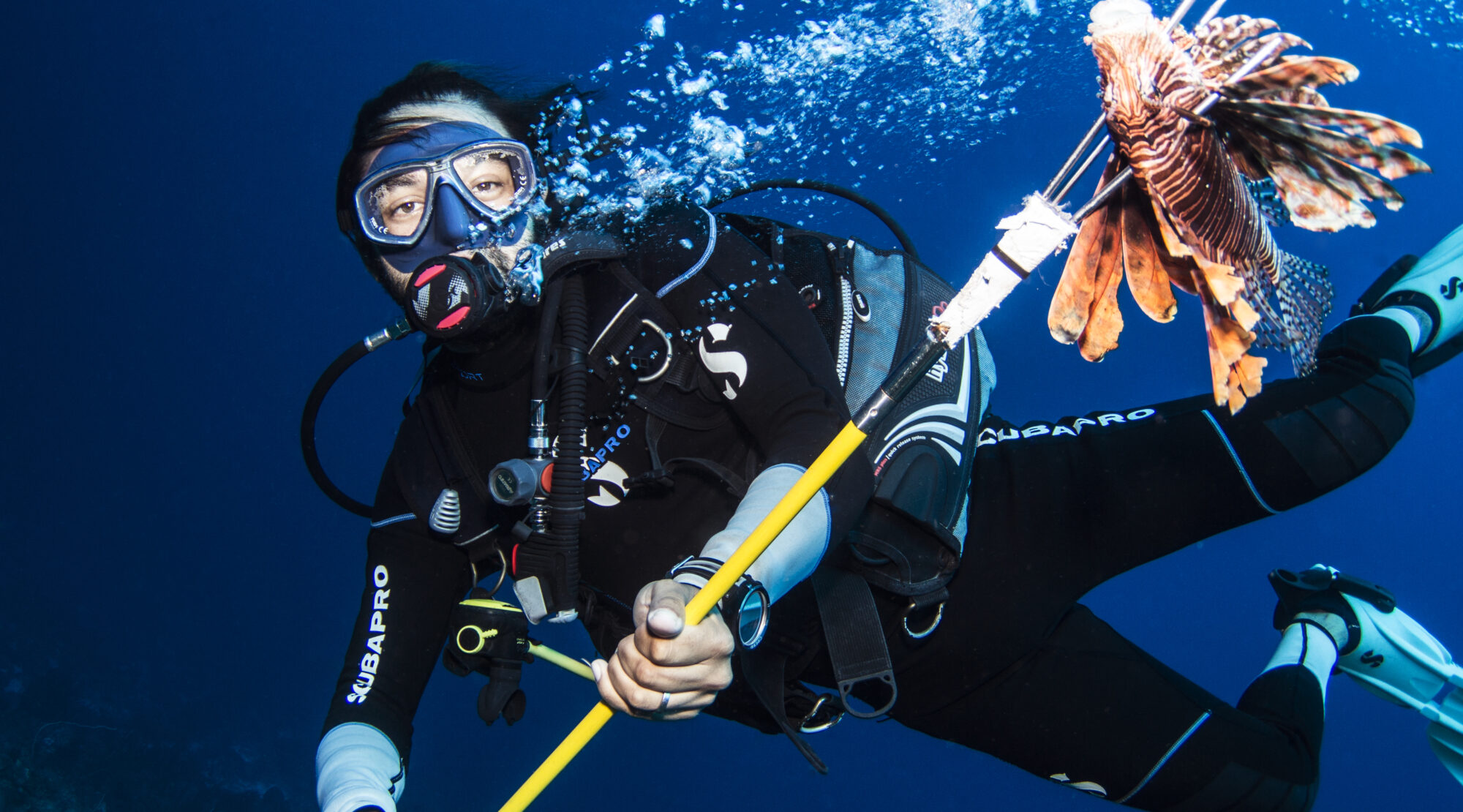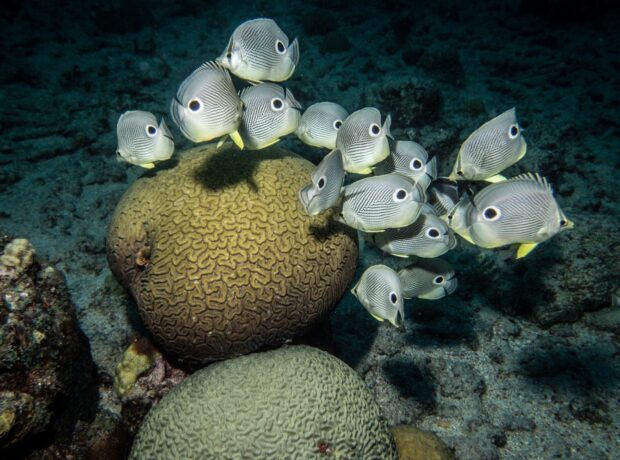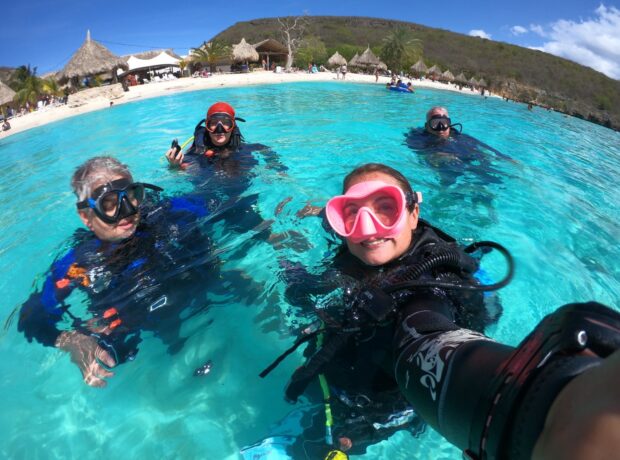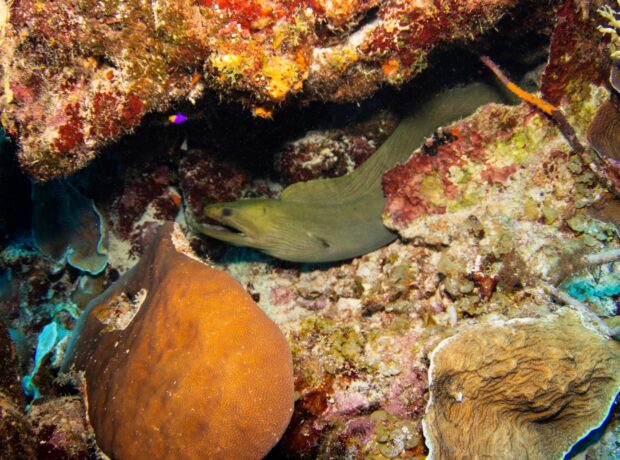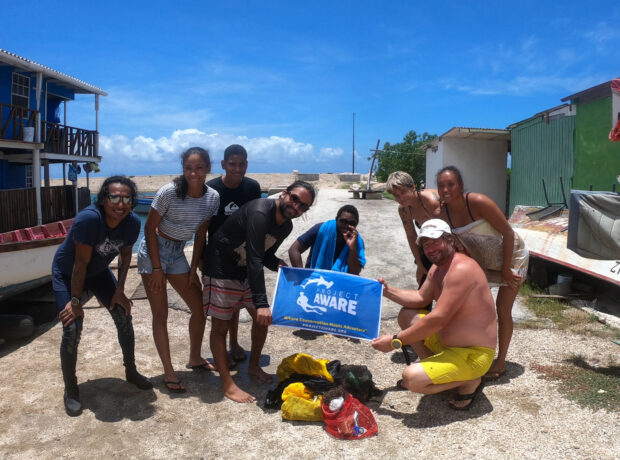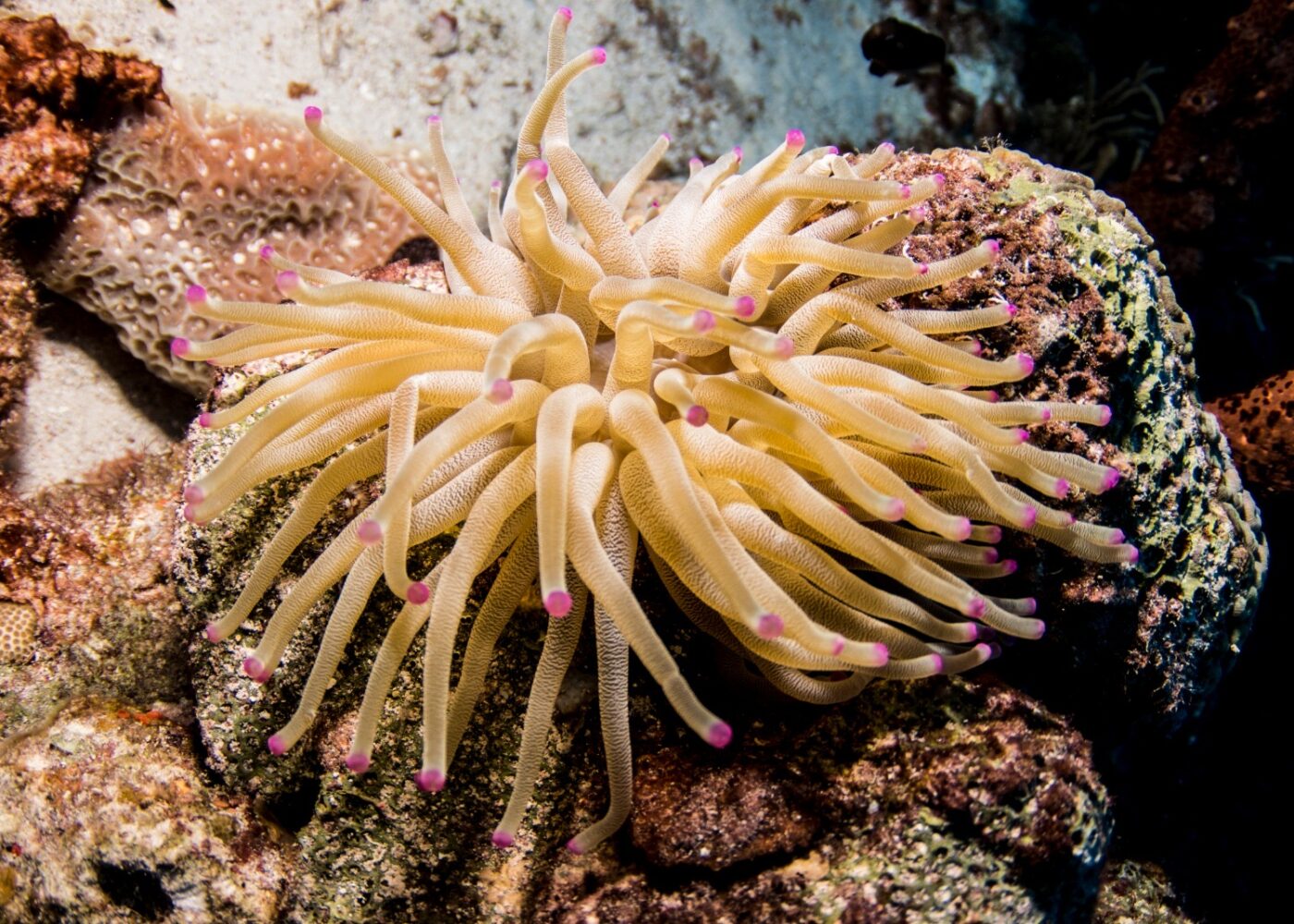The lionfish (Pterois volitans and Pterois miles) is a beautiful fish that originates from the Indo pacific. In the Caribbean sea however it is deemed an invasive species and it causes incredible harm to the reefs and it’s residents. Females can can lay up to two million eggs per year and without any natural predators there is no stopping them from spreading.
Luckily there are divers like us who do their best to at least minimize the damage by hunting them. As a result, the lionfish population on Curaçao has significantly decreased. A big plus: they are absolutely delicious
Lionfish have venomous spines, making the hunt slightly more risky than most other forms of recreational diving. Although usually not fatal to humans, the venom can cause severe pain, headaches, vomiting and difficulties breathing. A good preparation is necessary to stay safe.
On a successfull lionfish hunt it is possible to surface with more than 10 kg/22 lbs of fresh fish. However on Curaçao, where there are a lot of divers and thus many hunters, it proves to be a lot more difficult to find them.
Lionfish hunting Curaçao trip
On this all-inclusive, full day trip we make two dives at two different dive sites. We can pick you up at your accommodation or cruise ship and take you to our dive shop to gather and fit your gear, tanks, weights and tools. Before taking off to the first dive site we will go over an extensive briefing in our classroom to make sure everyone understands the risks and to prepare you on the dives.
In the lionfish hunting Curaçao briefing we will explain:
- Why are Lionfish so bad for our reefs
- How did they arrive in Curaçao
- What are the dangers of handling lionfish
- What tools will we be using to hunt and transport them
- How to remove lionfish without harming the reef
- What to do in case of getting stung
At the beginning of the first dive we will practice in the shallow on a sandy area to get comfortable with your new equipment. Once everybody is ready, we’ll drop down to the deep and the hunt begins. Lionfish hunting is a strenuous activity and as there is bigger chance to find them in the deeper parts of the reef, your air- and bottom times will be shorter than usual.
After the first dive, back at the surface we’ll review our catch and leave them in a jug full of ice to keep them fresh during our surface interval and our second dive. The second dive of course will be at another awesome Curaçao reef to make chances of catching more lionfish bigger.
